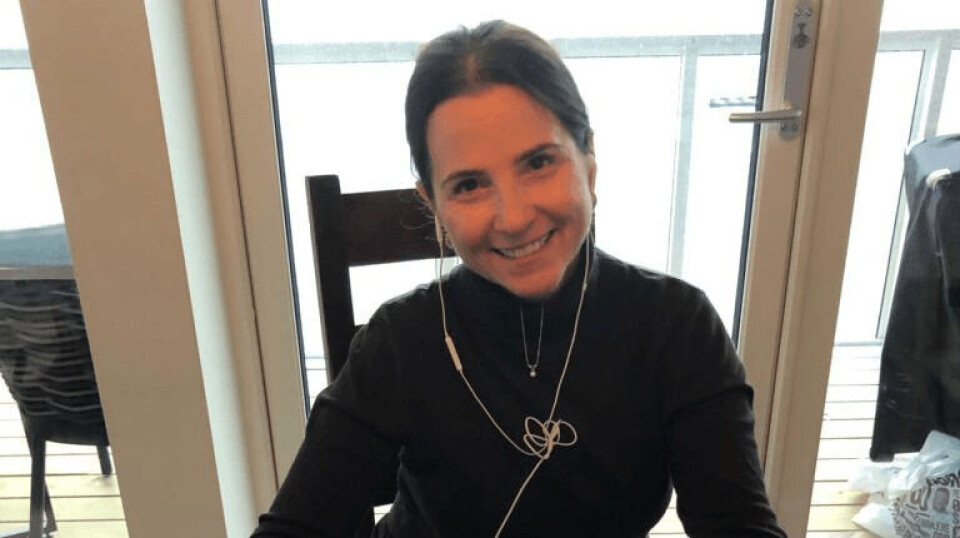Quarterly results

A solid result for SalMar
The co-owner of Scottish Sea Farms made a Q2 operating profit of almost £92m before exceptional costs
Norwegian salmon farming heavyweight SalMar made a group operating profit of NOK 1.048 billion (£91.9 million) in the second quarter of 2022, excluding costs of NOK 164 m to end litigation in the United States, it said today.
With those costs accounted for, operational EBIT was NOK 883 m, around a third more than the NOK 661 m made in the same period last year.
SalMar, which co-owns Scotland’s second biggest salmon farmer, Scottish Sea Farms, harvested 32,400 gutted weight tonnes of salmon in Q2 2022: 29,400 gwt in Norway and 3,000 gwt in Iceland through subsidiary Icelandic Salmon (Q2 2021: 36,600 gwt).

EBIT per kilo for the group was NOK 27.27, much higher than the NOK 18.05 achieved in Q2 2021 but slightly lower than the NOK 27.71 per kilo made in the first quarter of this year.
“In the second quarter 2022, the SalMar Group continued its strong operational performance. This, combined with record high salmon prices, led to solid results,” the company said in its Q2 2022 report.
“Fish Farming Central Norway and Fish Farming Northern Norway continued the solid trend with strong biological and operational performance, resulting in record results.
“The underlying operations within Sales and Industry segment was solid but record high salmon prices affected the profitability on contracts.”
It added that Icelandic Salmon delivered solid results in the quarter driven by strong price achievement and stable cost development.
SalMar earned NOK 122 m from its 50% share of earnings from Scottish Sea Farms, which made an operating EBIT of NOK 190 m and pre-tax profit of NOK 311 m in Q2.
SalMar expects to harvest 175,000 gwt on salmon in Norway in 2022, and Iceland 16,000 gwt in Iceland. Scottish Sea Farms expects to produce 46,000 gwt of fish this year following its purchase of Grieg Seafood’s Shetland assets last December.